Search the Special Collections and Archives Portal
Search Results
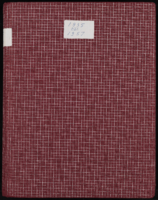
Bluebell Girls: scrapbook of newspaper clippings
Date
Archival Collection
Description
From Margaret Kelly Collection on the Bluebell Girls, MS-00604. The scrapbook includes newspaper and magazine clippings covering Kelly's work at the Folies-Bergère and Lido de Paris, Paris, France, and her long career as creator and manager of the world famous Bluebell Girls.
Mixed Content
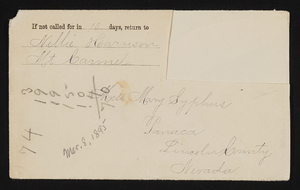
Letter and envelope from Nellie Harrison, Mt. Carmel to Mary Etta Syphus, Panaca, Nevada
Date
Archival Collection
Description
From the Syphus-Bunker Papers (MS-00169). The folder contains an original handwritten letter, a typed transcription of the same letter, the original envelope with the stamp removed, and a copy of the original letter.
Text
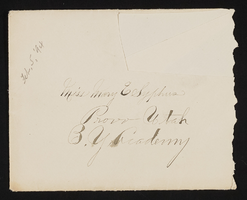
Letter and envelope from John M. Bunker, Logan, Utah. to Mary Etta Syphus, Provo, Utah
Date
Archival Collection
Description
From the Syphus-Bunker Papers (MS-00169). The folder contains an original handwritten letter, a typed transcription of the same letter, the original envelope with the stamp removed, and a copy of the original letter.
Text
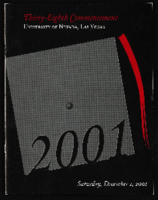
University of Nevada, Las Vegas (UNLV) 38th commencement program
Date
Archival Collection
Description
Commencement program from University of Nevada, Las Vegas Commencement Programs and Graduation Lists (UA-00115).
Text
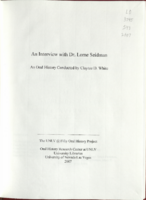
Transcript of interview with Dr. Lorne Seidman by Claytee D. White, November 14, 2006
Date
Archival Collection
Description
Text
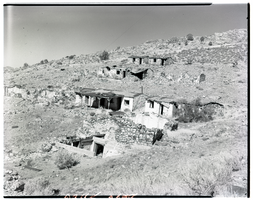
Film transparency of a ghost town, Delamar, Nevada, 1956
Date
Archival Collection
Description
Image
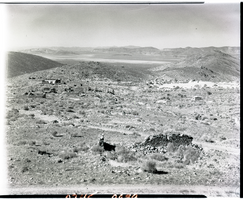
Film transparency of a ghost town, Delamar, Nevada, 1956
Date
Archival Collection
Description
Image
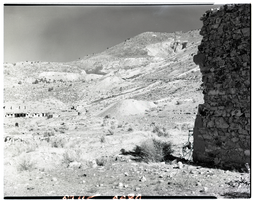
Film transparency of a ghost town, Delamar, Nevada, 1956
Date
Archival Collection
Description
Image


